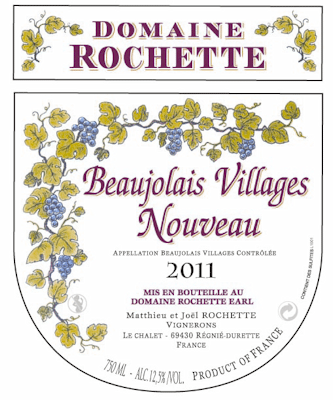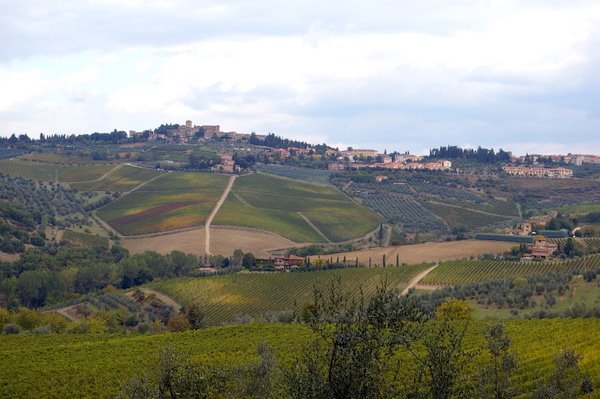 |
| The Meerlust Estate |
With the Bordeaux 2010
en primeur campaign about to kick off, hot on the heels of the much-hyped and expensive 2009 vintage, it looks tempting to snap up a few bargains in what is rumoured to be as good a vintage as the previous one. However, after the price rises for 2009, a bottle of cru classe claret starts at circa £25 per bottle and at these prices consumers would be forgiven for looking elsewhere for a cheaper alternative. Can an entry-level wine from the New World and costing less than half as much offer a decent substitute?
Meerlust is one of South Africa's oldest, most reputable wine producers, renowned for its top wine, a Bordeaux blend called Rubicon. Having been established in 1693, Meerlust certainly has the heritage of the top Bordeaux chateaux. It has been owned by the Myburgh family since 1756 and Hannes Myburgh is the 8th generation of Myburghs to own Meerlust. It has even got a
chateau, a fine old manor house on the estate near Stellenbosch. When it comes to finding a claret substitute, Meerlust ticks all the right superficial boxes.
Meerlust Red is the entry level wine selected from a combination of the younger Cabernet Sauvignon, Cabenet Franc and Merlot vines destined for the flagship wine, Rubicon. Meerlust even suggest that it can be aged for up to 12 years. How many of those Bordeaux
garagiste bombshells will age that long?! And, at
£10 a bottle this is not only amazing value but it is also a serious contender for a claret alternative with a very Old World pedigree and taste.
Meerlust Red, Stellenbosch, 2008
Appearance: scarlet rim with a claret translucency
Nose: initially, very merlot with lots of 'green peppercorns', then plenty of cabernet franc aromas and mocha with a hint of mint.
Palette: perfect balance, very Old World with a cabernet franc bias as well as creamy cab sauv blackcurrant & mocha with well integrated oak and lovely juicy acidity and tannin. A medium finish but
a point now.
Conclusion: if I had tasted this blind I would easily take this for a
cru classe claret. A luscious red wine that is both classy and moreish. 3* 7.5/ 10





























